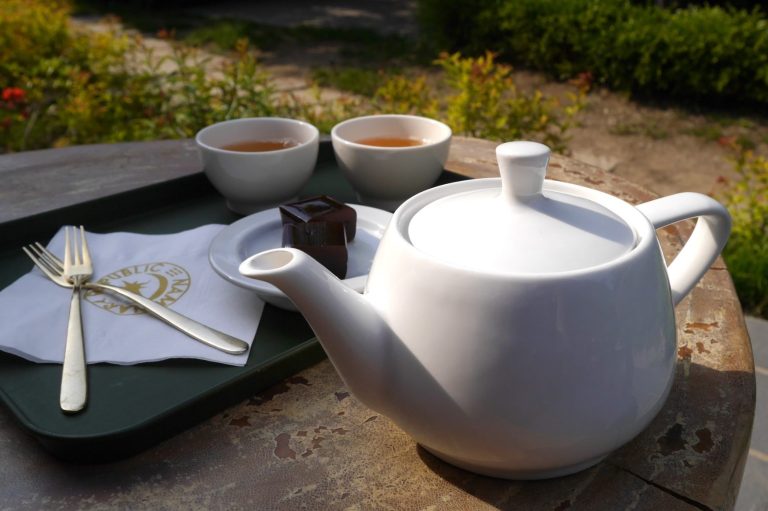omcha's tea brew guide
Make the most out of your tea leaves

How to brew tea well
Water
The quality of water used for brewing tea significantly affects the taste and aroma of the liquor. Using filtered water is an excellent choice because it helps to remove impurities found in tap water that can negatively impact the flavour and aroma of your tea. Spring water often has a balanced mineral profile and can be a good choice for brewing tea, but can have significant environmental implications.
Temperature
The temperature of the water used for brewing tea is crucial, as it can greatly impact the taste, aroma, and overall experience of the tea. Different types of tea require different water temperatures for optimal brewing. Here's an approximate guide.
Japanese Green Tea - 55-65°
Other Green Tea - 70-80°C
White Tea - 75-85°C
Light Oolong Tea - 75-85°C
Dark Oolong Tea - 85-95°C
Black Tea - 90-95°C
Time
The optimal brewing time for tea varies based on factors such as the type of tea, leaf size, water temperature, amount of tea and personal taste preferences. We have simple brewing suggestions on each of our tea pages for you to use as a guide. We also suggest experimenting with your brew time to discover your own personal preference and to uncover different flavours within the teas.
Brewing Vessel
The right vessel can enhance your tea brewing experience and elevate the flavours of each brew. There are countless options, such as yixing pots, gaiwans and kyusu. Each option has strengths and weaknesses. Whichever option you choose, 1. make sure there is enough space for the leaves to unfurl and release their flavour, 2. Make sure the vessel is made from food safe materials and doesn't impart unwanted flavour onto your tea.
Brewing Styles

Gongfu cha brewing
Gongfu cha is a traditional Chinese tea brewing method that prioritises precision, ritual, and sensory appreciation. Using small teapots or gaiwans, tea leaves are steeped through multiple short infusions, starting with a brief rinse to awaken the leaves. The gongfu cha process allows for the full expression of the tea's flavour and aroma. Each infusion is carefully poured into a fairness pitcher and then distributed into small tea cups, encouraging drinkers to savour the tea's nuances with each sip.

'Western' style brewing
Western style brewing typically uses larger teapots, longer steeping times and fewer tea leaves when compared to gongfu cha brewing. This results in fewer infusions of the tea but a similar quantity of liquor overall.
Neither brewing style is better than the other, it's all about personal preference. Some teas suit a particular brewing and some teas suit many brewing styles.
We need your consent to load the translations
We use a third-party service to translate the website content that may collect data about your activity. Please review the details in the privacy policy and accept the service to view the translations.

